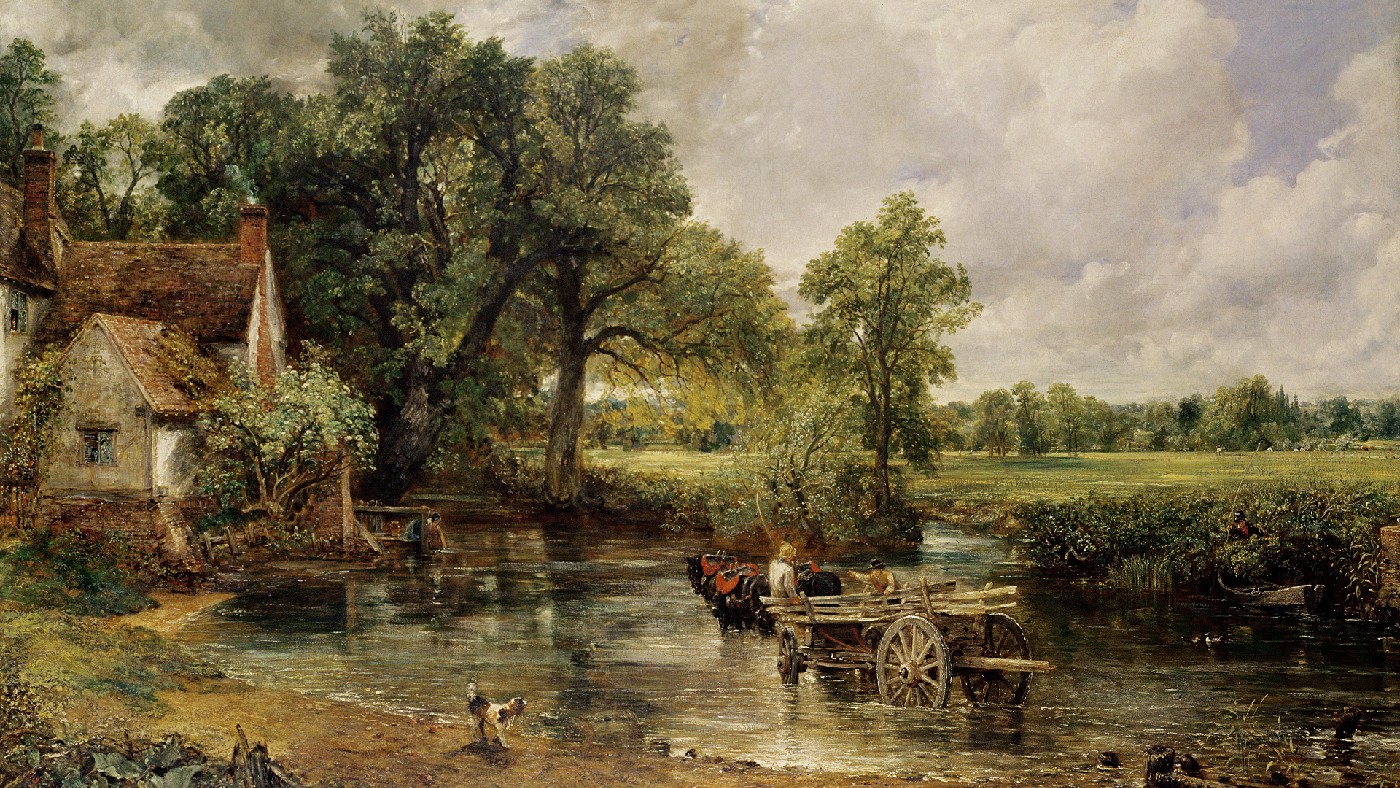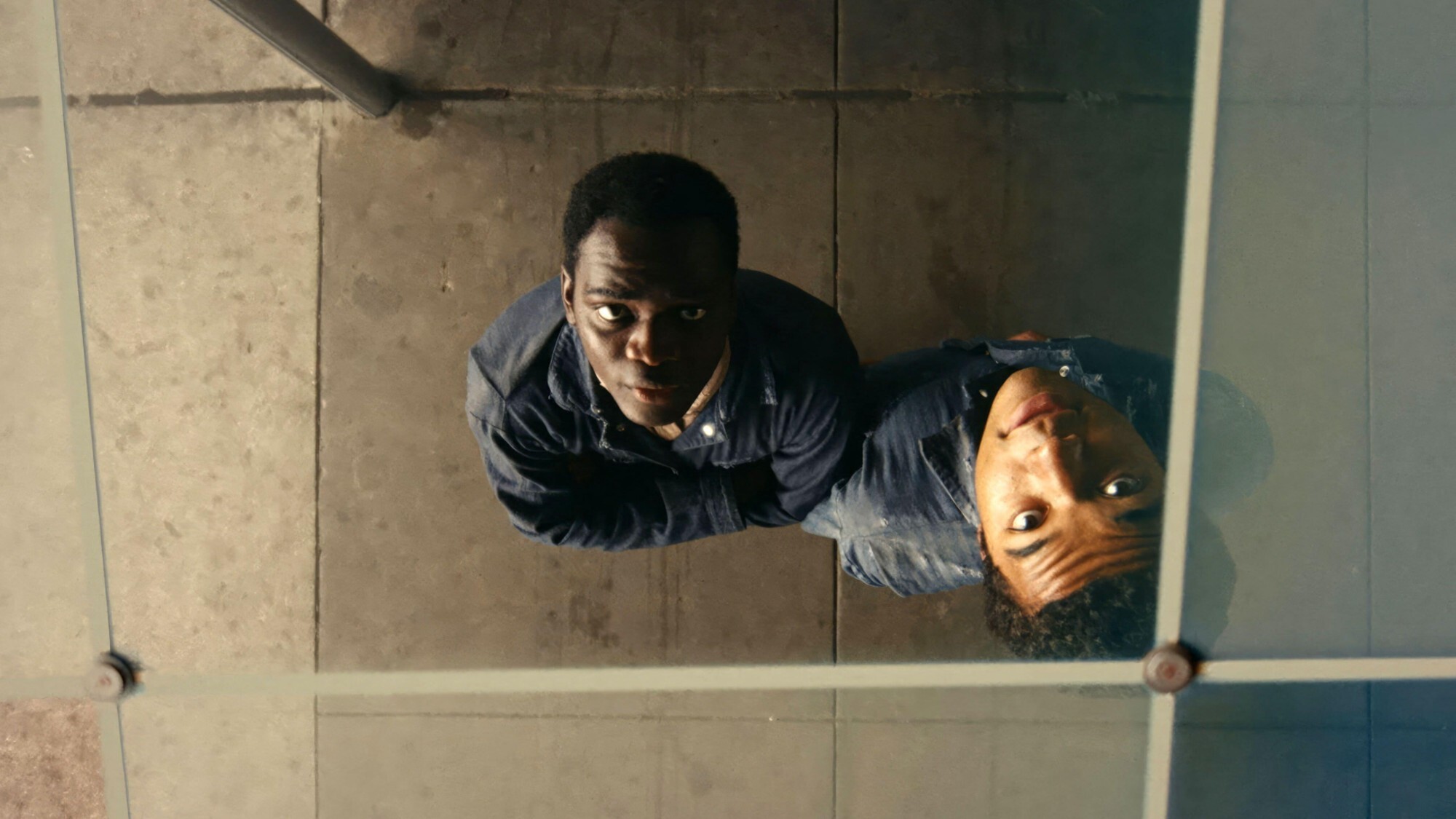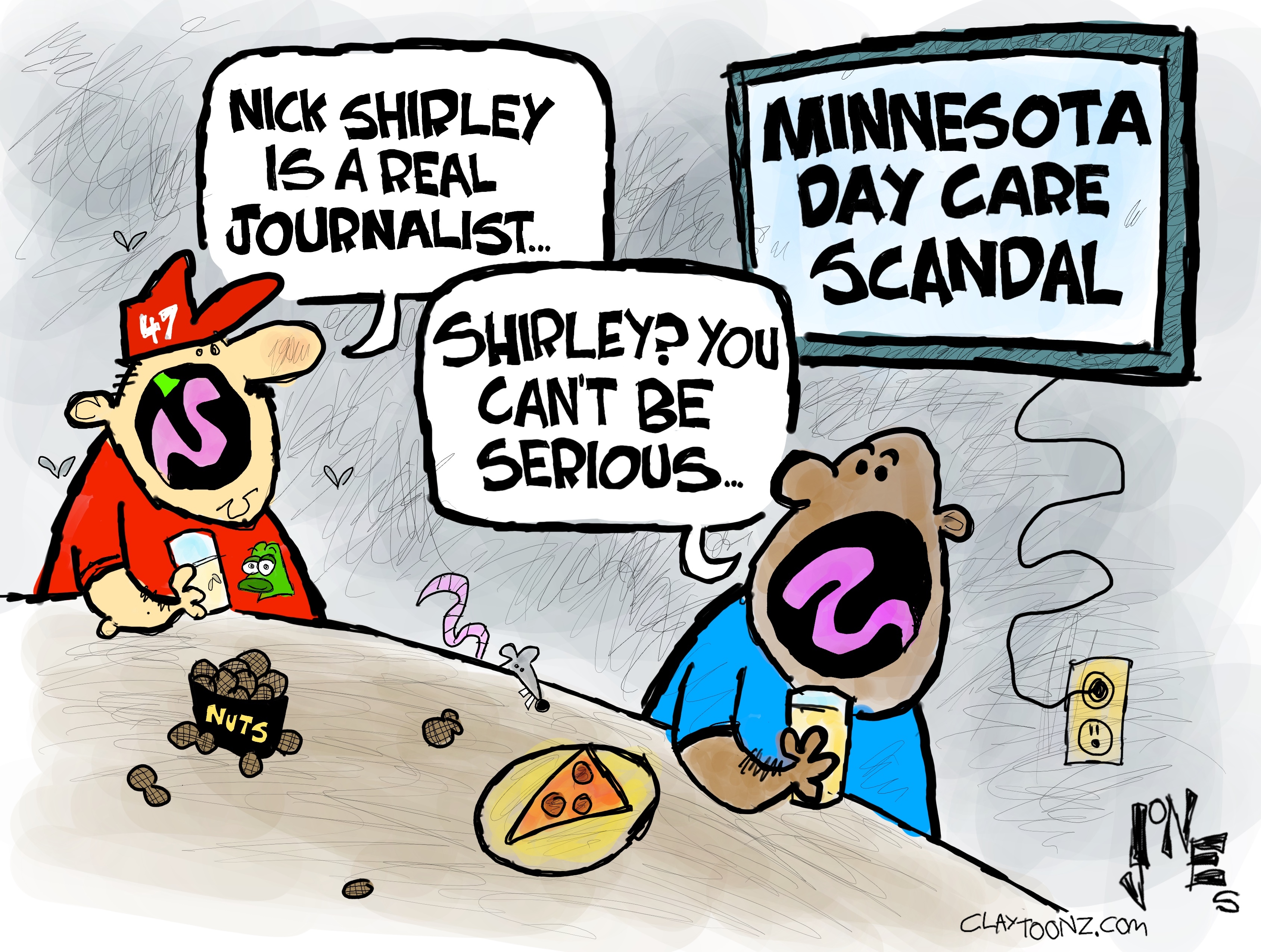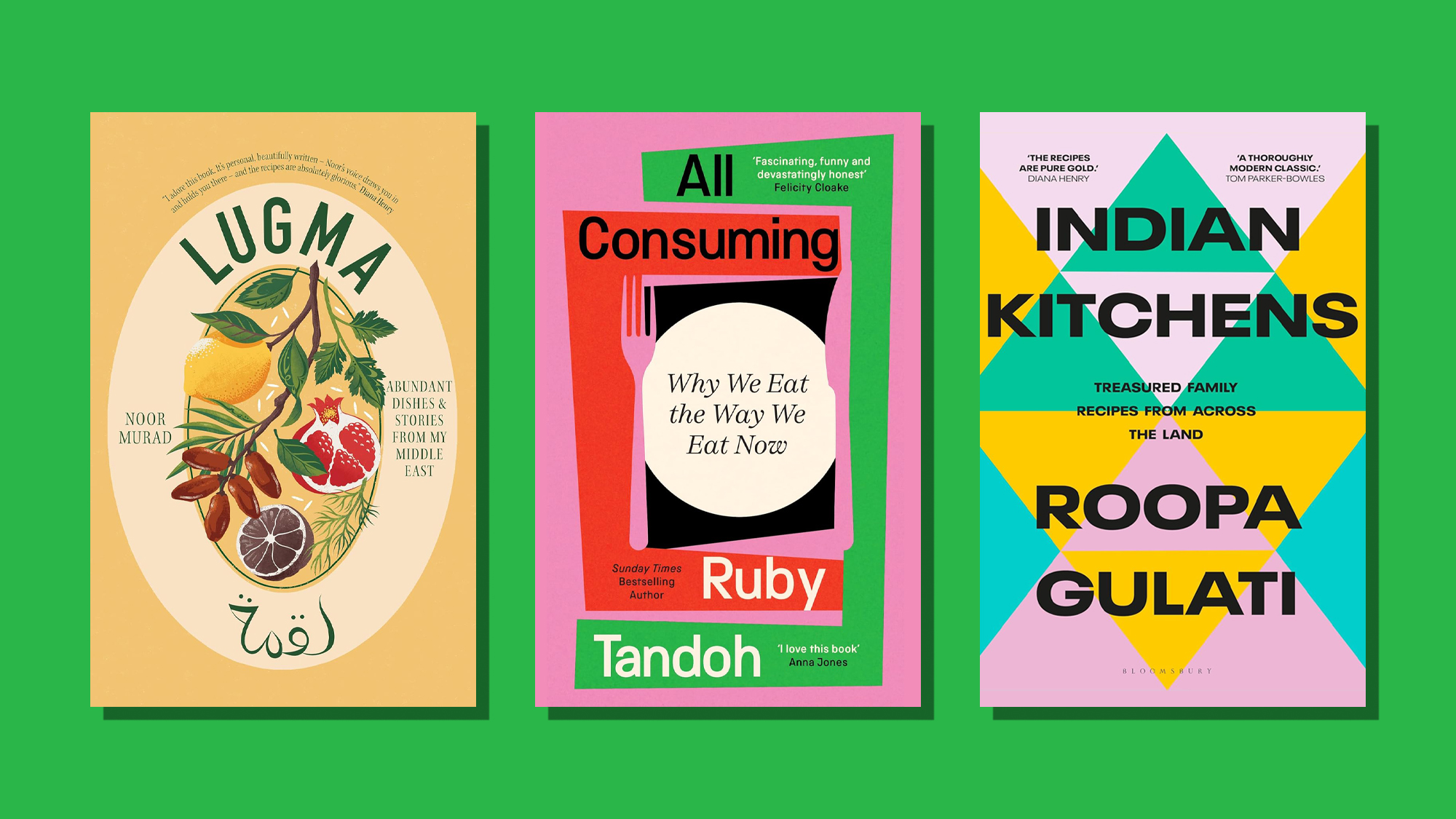The National Gallery and slavery: a complex legacy
Gallery has published report linking some of its most famous donors, artists and paintings to the Atlantic slave trade

The National Gallery has published a report that links “a significant part of its collection”, and some of its most famous donors, artists and paintings to the Atlantic slave trade, said Craig Simpson in The Daily Telegraph.
Begun in 2018, the study covers the period from the institution’s founding in 1824 to 1880. It reveals that several important bequests to the gallery in its early years were made by those who derived their fortunes in part from slavery. John Julius Angerstein, whose sale of 38 paintings to the British government in 1824 provided the core of the National Gallery’s early collection, made “part of his fortune in insurance for slave ships”; Constable’s The Hay Wain was donated by a man who inherited slavery-derived wealth.
Yet the report also names figures whose links to the slave trade are merely “incidental”, and who had no “direct connection” to it, such as Thomas Gainsborough, because he painted several portraits of people who owned West Indian estates; and William Wordsworth, because his sister’s rented cottage was leased by a slave owner.
The Week
Escape your echo chamber. Get the facts behind the news, plus analysis from multiple perspectives.

Sign up for The Week's Free Newsletters
From our morning news briefing to a weekly Good News Newsletter, get the best of The Week delivered directly to your inbox.
From our morning news briefing to a weekly Good News Newsletter, get the best of The Week delivered directly to your inbox.
The approach provoked some criticism. “Casting the historic slavery net as wide as this ensures that hardly anyone can be free of some links,” remarked Dr Zareer Masani, a historian of the British empire.
Other specialists complained that the report didn’t go nearly far enough, said Nadia Khomami in The Guardian. “Acknowledgment is a very fine thing but it is not a reparation for that crime,” commented Hakim Adi, professor of the history of Africa and the African diaspora. “Indeed, I see no mention that the National Gallery is planning to do anything as a result of this research.”
A spokesperson clarified that any painting’s connection to the slave trade would be made explicit on an accompanying picture caption, to allow visitors to “determine for themselves the nature and extent of these connections”. However, the museum will not remove any picture from display on account of its association with slavery. Further instalments of the study are to follow, tracing the origins of the gallery’s collection from 1640 to 1920.
24 November 2021: A spokesperson for the National Gallery said its labels “already mark clearly where paintings are associated with slavery and have done for a number of years, so we will not be updating any labels based on this research”.
A free daily email with the biggest news stories of the day – and the best features from TheWeek.com
-
 Political cartoons for January 4
Political cartoons for January 4Cartoons Sunday's political cartoons include a resolution to learn a new language, and new names in Hades and on battleships
-
 The ultimate films of 2025 by genre
The ultimate films of 2025 by genreThe Week Recommends From comedies to thrillers, documentaries to animations, 2025 featured some unforgettable film moments
-
 Political cartoons for January 3
Political cartoons for January 3Cartoons Saturday's political cartoons include citizen journalists, self-reflective AI, and Donald Trump's transparency
-
 The ultimate films of 2025 by genre
The ultimate films of 2025 by genreThe Week Recommends From comedies to thrillers, documentaries to animations, 2025 featured some unforgettable film moments
-
 Into the Woods: a ‘hypnotic’ production
Into the Woods: a ‘hypnotic’ productionThe Week Recommends Jordan Fein’s revival of the much-loved Stephen Sondheim musical is ‘sharp, propulsive and often very funny’
-
 The best food books of 2025
The best food books of 2025The Week Recommends From mouthwatering recipes to insightful essays, these colourful books will both inspire and entertain
-
 Art that made the news in 2025
Art that made the news in 2025The Explainer From a short-lived Banksy mural to an Egyptian statue dating back three millennia
-
 Nine best TV shows of the year
Nine best TV shows of the yearThe Week Recommends From Adolescence to Amandaland
-
 Winter holidays in the snow and sun
Winter holidays in the snow and sunThe Week Recommends Escape the dark, cold days with the perfect getaway
-
 The best homes of the year
The best homes of the yearFeature Featuring a former helicopter engine repair workshop in Washington, D.C. and high-rise living in San Francisco
-
 Critics’ choice: The year’s top 10 movies
Critics’ choice: The year’s top 10 moviesFeature ‘One Battle After Another’ and ‘It Was Just an Accident’ stand out